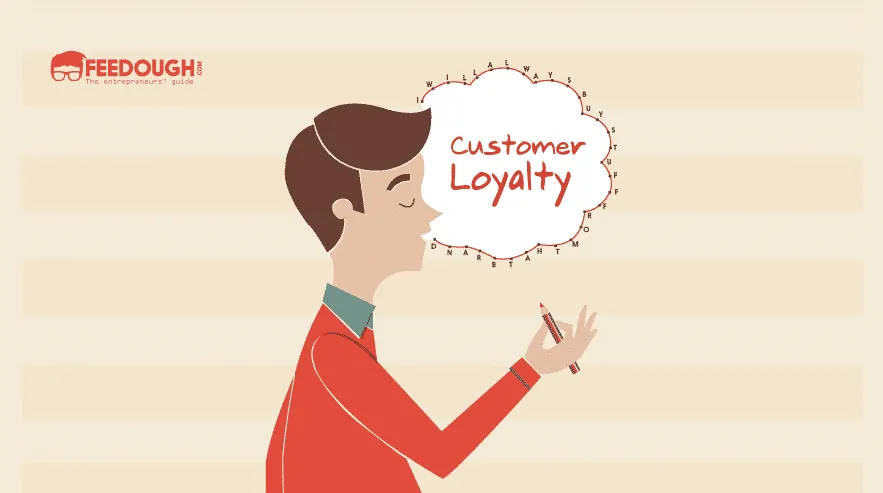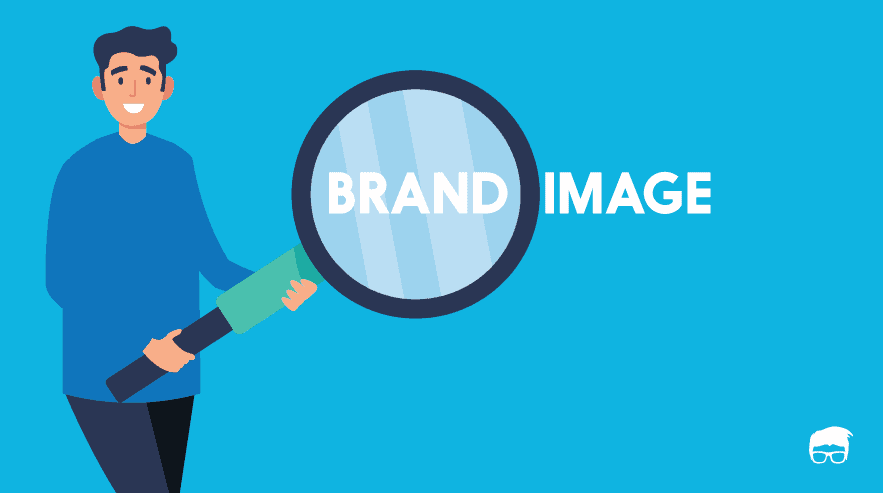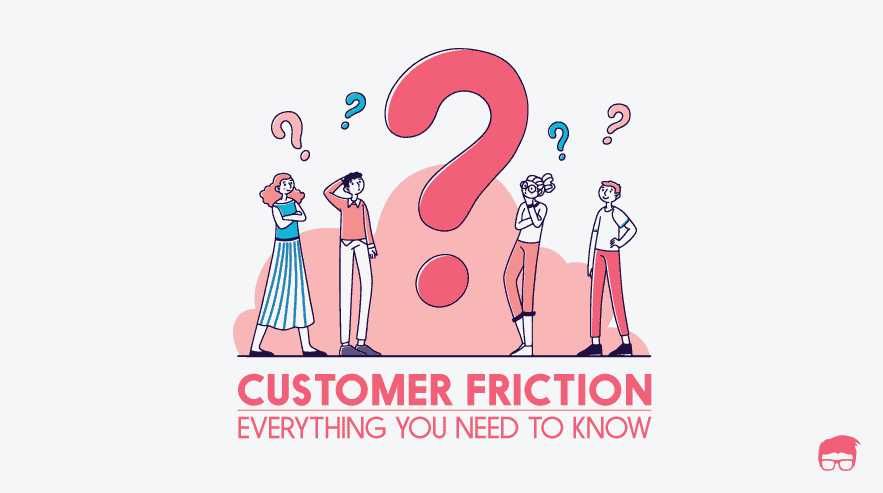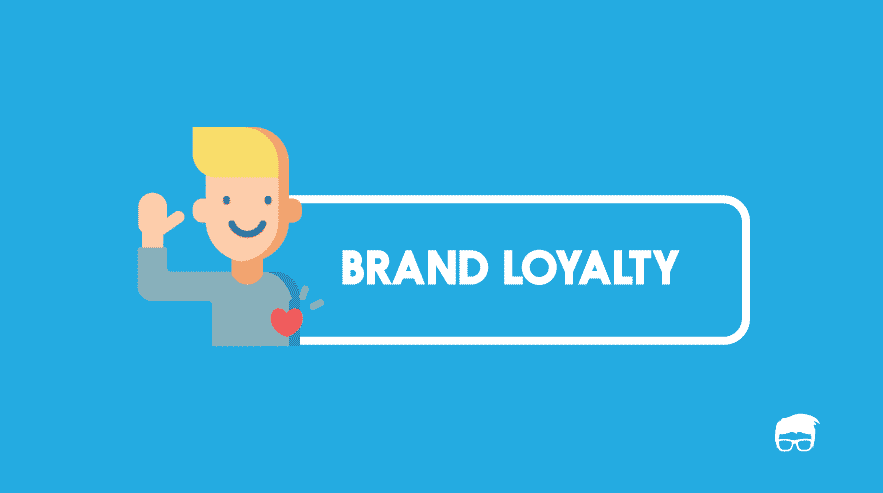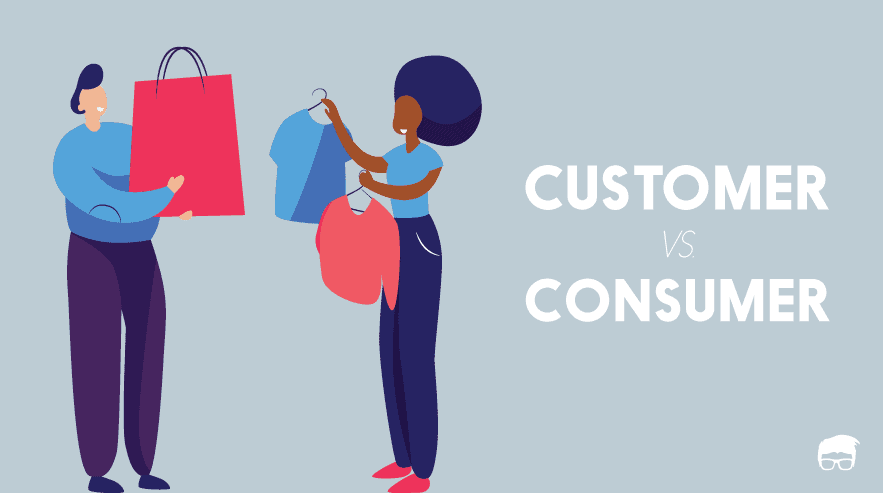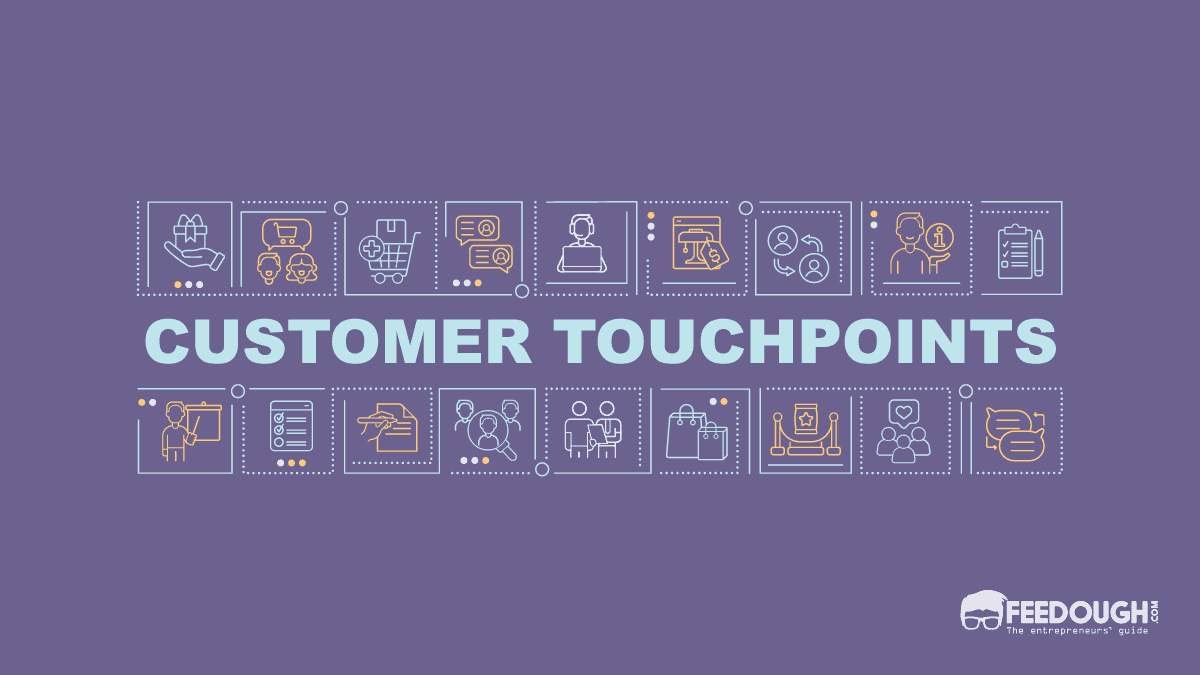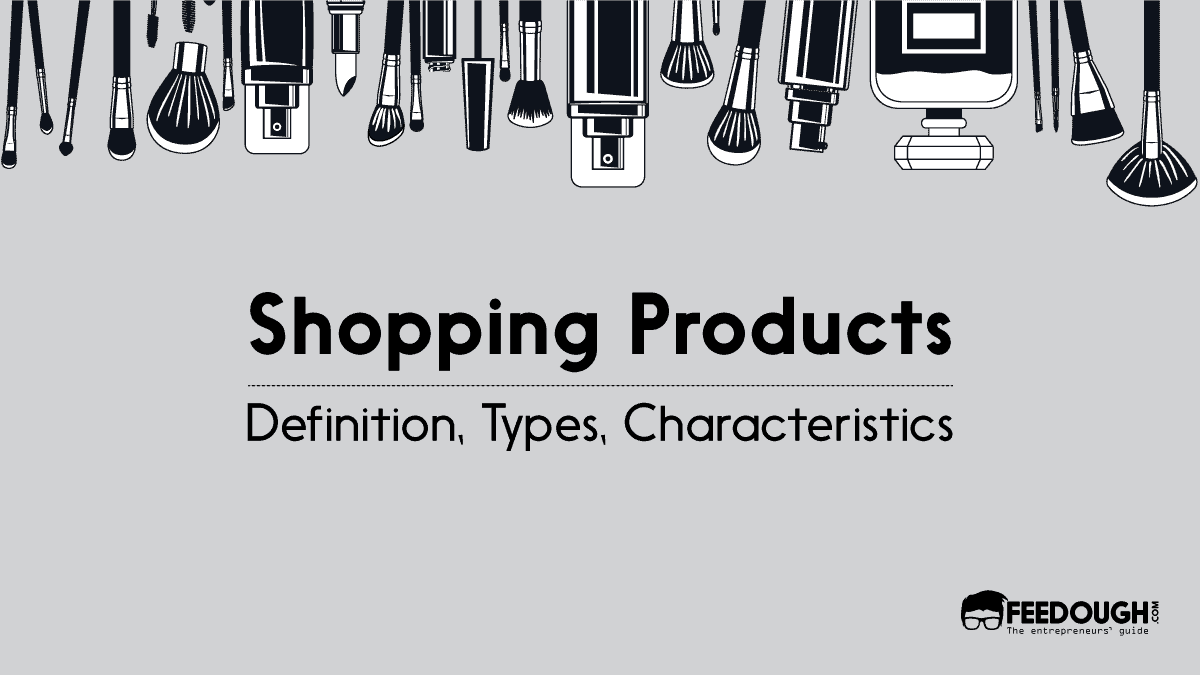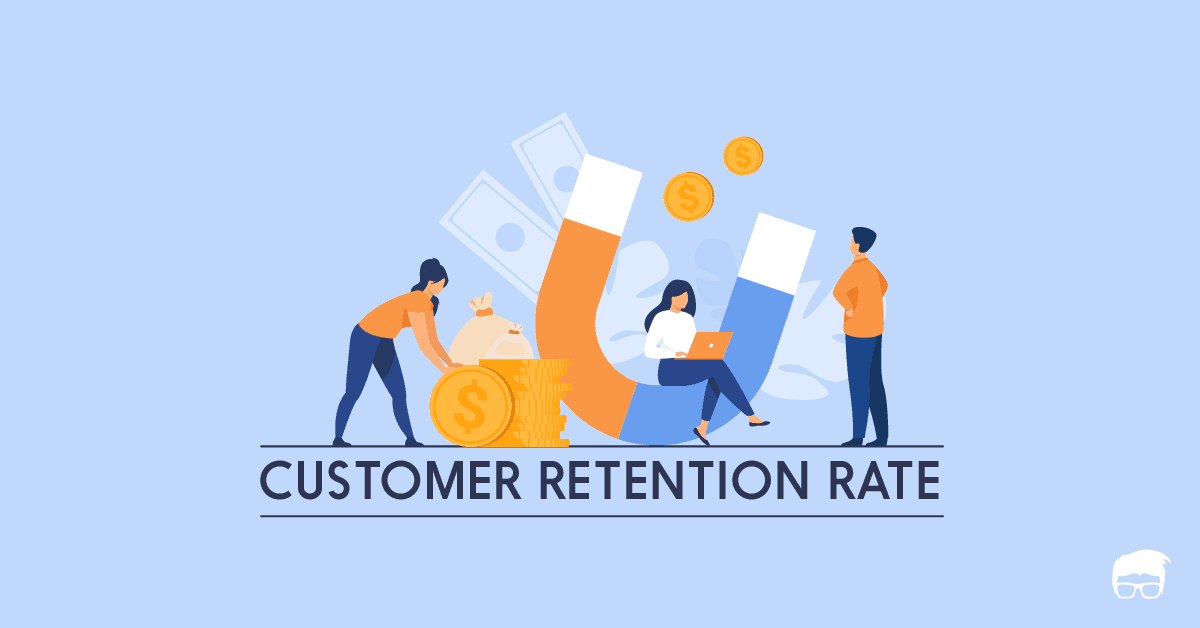According to a study conducted by Harvard, it costs a business about 5-25 times the general cost to acquire a new customer than it does to sell a product to a new customer.
On the other hand, existing customers are likely to purchase 67% more than a new customer.
Why does this happen?
When a customer is satisfied by the products purchased from a particular company or brand, they tend to lean more towards the said brand for their future purchases as well. The extent to which customers are devoted to a certain brand or company’s products and services is indicated by something known as customer loyalty.
What Is Customer Loyalty?

Customer loyalty is the willingness of a customer to purchase products and services from a brand again and again, as a result of a positive customer experience, customer satisfaction, and the value of the products and services that the customer gets from these transactions.
Customer loyalty is something that is extremely important to a brand as loyal customers can often grow their business faster than sales and marketing. This is why brands keep coming up with new ways to provide great customer experience. It is also a way for the brands to appreciate their customers who come back and do repeat business with them.
Why Is Customer Loyalty Important?
- Loyal customers are more likely to convert and spend with brands they like more often. Return and repeat customers generate as much as thrice the revenue per visit than other shoppers. In U.S.A alone, the average repeat customer shops as much as 5 new customers, whereas in Europe, the ratio is 7:1.
- Loyal customers also account for positive social validation. Social validation is often more effective than branded content and advertising. Customers who are referred via word-of-mouth marketing have higher rates of becoming loyal customers who spend more than the average customer.
- A high number of return and repeat customers indicate their trust in a brand and their products and services. This is beneficial for the business as customers choose to purchase from the brands they are loyal to, in spite of several brands competing in the market.
- Customer loyalty stems from the efforts made by the customer to deliver a high success rate every time they make a purchase from the same brand. This is why organizations also prioritize customer service, as they seek to retain their existing consumer-base by increasing customer loyalty.
What Is A Customer Loyalty Program?
A customer loyalty program is a rewards program that a company offers to its most loyal and regular customers. A loyalty program may give a customer some perks and advantages like reward coupons, exclusive discounts, free merchandise, and in some cases, early product release.
Customer loyalty programs provide a powerful motivation for buyers to create accounts, come back and spend more on your brand. Loyalty programs often incorporate psychology, behavioural economics and game design in their methods.
According to a study conducted by Bain & Company, 60-80% of the customers who describe their shopping experience as ‘satisfactory’ did not go back to do business with the company that initially satisfied them.
Why does this happen?
With the number of brands and competition increasing over time, customer loyalty is hard to acquire as customers want to try new products and services all the time. So, even if customers are satisfied with their experience with one brand, they like to explore other options.
This is where customer loyalty programs help.
The constant shift of focus from the discounts, points earned, sign-up bonuses, and experiential rewards like surprise upgrades and exclusivity-based milestones in customer loyalty programs make them more enticing to the customers. Most importantly, they establish a meaningful connection between the brand and the customer.
Benefits Of Customer Loyalty Programs
In an increasingly competitive and crowded business space, a customer loyalty program is something that will give your business an edge over all others in the market.
- Customer retention- Customer loyalty programs are a great way to retain your existing customer base by engaging them in your business. Recently, customers are making purchase decisions based not only on the price and value for money, but also the shared values, engagement, and most importantly, the personal connect they share with a brand. Customer loyalty programs are a great way to keep them engaged beyond the point of purchase, while also being able to provide more value to loyal and regular customers because happier customers equal higher chances of them going back to the same brand for the next purchase.
- Customer referrals- Customers who are satisfied with a business often refer the product or service to their friends and acquaintances. Since social validation is the most trusted form of advertising, referred customers are also more likely to convert to the brand, not only expanding the customer base but also with high chances of becoming loyal customers themselves. Referral customers are free to acquire. They generate even more revenue for the brand they have been referred to, without the brand having to invest in any new customers. Referral customers also have a 37% higher retention rate when compared to those who are not, and are also more likely to become loyal customers as well.
- User-generated reviews- Brands with websites and apps that show reviews and content by the users themselves are more likely to gain customer loyalty. Customer loyalty programs that provide incentives to the customers for reviews and ratings on their apps, websites and social media will result in trustworthy and authentic user-generated content from consumers that will promote your business.
Strategies For An Effective Customer Loyalty Program
There are several customer loyalty programs in existence, and several more are created every other day. So, what are the key factors to creating an effective loyalty program?
- The name of the loyalty program should be unique, as well as spark interest and curiosity among the customers. For instance, Sephora’s Beauty INSIDER & VIB programs.
- Customers should be rewarded for actions other than just purchases to keep them engaged in the brand. For example, The North Face’s loyalty program VIPeak rewards its customers with points for attending its events, checking in at certain locations as well as by downloading the app.
- Having a simple reward point system makes it easier for the customers to keep a track of their purchases, while also making it easier for the brand.
- Use a tier system to reward initial loyalty and increase the rewards with time. For example, most airlines reward customers with frequent flier miles after every flight.
- Partnering with other companies to make the loyalty program all-inclusive engages more customers. For instance, Comedy Central India partnered with brands like Little Italy and Jawed Habib to reward loyal customers on their purchases, for their LOL Club.
Types Of Customer Loyalty Programs
- Points-based- The points-based loyalty rewards system is most suitable for businesses that have frequent purchases. It is the most commonly used type of loyalty program, where the customer is rewarded with points corresponding to each purchase. These points can be redeemed later for a discount, or for making a subsequent purchase, or in exchange for a product as well. The points-based loyalty program encourages customers to purchase more, as every purchase will guarantee reward points. For example, Designer Shoe Ware (DSW) rewards its customers with points for every purchase, which include tiers of rewards that customers can unlock as they spend more.
- Non-monetary- Customer rewards can also be non-monetary in nature. This kind of reward system entitles the customers with a reward that suits their lifestyle, even if it is not related to the brand. Customers who have enrolled in non-monetary loyalty programs may redeem the points they earn for flights, exclusive reservations at partnered resorts and spas, etc. This type of customer loyalty program allows businesses to understand their customers and their lifestyles better. The Plenti Rewards customer loyalty program by American Express allows customers to collect points with every purchase at a partnered outlet, and redeem it later at any outlet of their choice, in exchange for any product or service of their choice.
- Loyalty cards- The loyalty card program helps the business to keep a track of the customers’ transactions, as well as their demographics. This kind of customer loyalty program is excessively used by retail businesses to reward their most loyal customers. The loyalty cards also let customers redeem exclusive rewards that are available only to the people who are a part of the customer loyalty program, thus making it much more satisfactory for the customers.
- Reward-partnership- These loyalty programs are provided by brands and businesses that want to offer rewards to their customers outside of their business as well. Partnering up with several outlets helps business to reach out to a wider base of customers. New customers are offered exclusive perks both within the brand, and at partnered outlets, to increase chances of their enrolment to the loyalty program. This technique is implemented mainly by insurance companies everywhere to entice customers into doing business with them. Not only does the reward-partnership loyalty program benefit the brand or business offering it, but it also benefits the customer as well as the partners.
- Gift cards- Yet another popular use of a customer loyalty program is the use of a gift card. Gift cards are prepaid cards that carry the name of the brand and can be redeemed at the store. So, any customer who purchases gift cards for their friends and family ensures that they do business with the brand, while also increasing the number of potential clients for business.
Examples Of Customer Loyalty Programs
Tarte <3 Rewards
Cosmetics and skincare brand Tarte turned their loyalty program, Tarte <3 Rewards, into a method for increasing social media engagement and user-generated content.
The beauty industry is increasingly turning to user-generated content such as makeup tutorials and selfies for reviews. Taking advantage of this trend, Tarte gives incentives to customers who write reviews, post photos with Tarte products and upload video tutorials, thus transforming its customers into brand advocates.
This loyalty program is revolutionary because it sets an example that loyalty programs can provide incentives for almost any behaviour that brands want from their customers, and it does not have to be limited to encouraging customers to spend more. This helps customers maintain their point-earning momentum in between purchases, as well as builds brand awareness.
Virgin Atlantic Flying Club
In addition to earning miles, Virgin Atlantic’s Flying Club allows members to earn tier points. The club enrols members to the Club Red at the initial stage, bumps them to Club Silver and finally to Club Gold, each tier having their own perks such as double mileage points, priority boarding, access to exclusive club-houses etc.
The key is to offer benefits in the early stages so that the customer comes back to do business with them once again. Eventually, the customers can reach the highest tier, Club Gold, in this case, and enjoy the benefits of being loyal customers.
Bottom Line?
Over the past years, customer loyalty programs have proved to be a very effective method to retain customers, inspire customer loyalty, boost customers’ lifetime value, as well as boost business. A truly innovative approach to customer loyalty programs create a huge difference for retailers and help the loyalty programs they offer stand out from the several others in the market.
In the end, customer loyalty programs are all about rewarding the customers for their loyalty to the brand. That is why it is important for businesses to look beyond the traditional reward system and take a more creative approach so that the loyalty program offers some actual value to the customers involved.
Go On, Tell Us What You Think!
Did we miss something? Come on! Tell us what you think of this article on customer loyalty programs in the comments section.
A literature enthusiast, an avid reader, a blogger and an experienced social media marketer. She loves to travel whenever she can and has an eye for all things aesthetic.
